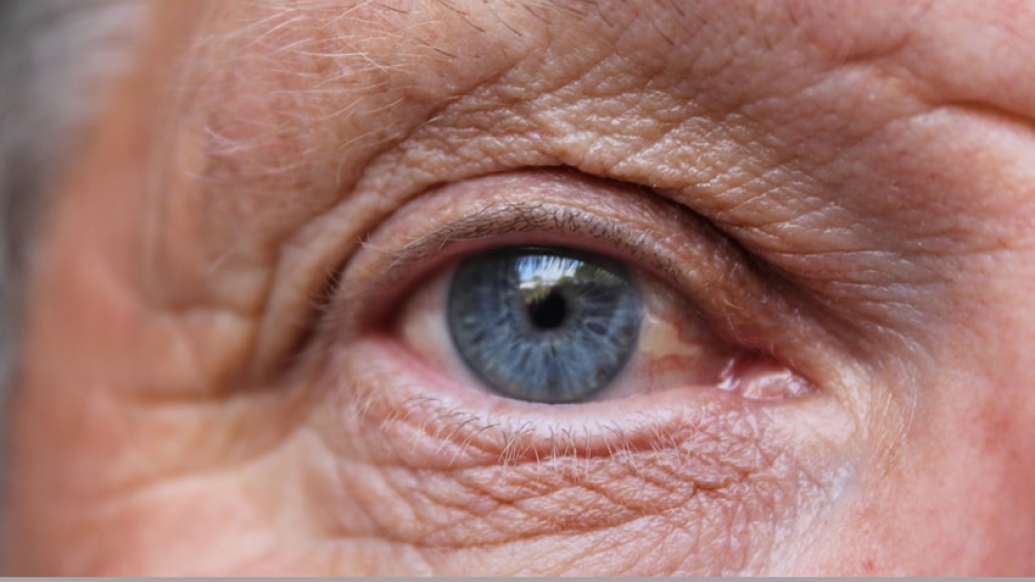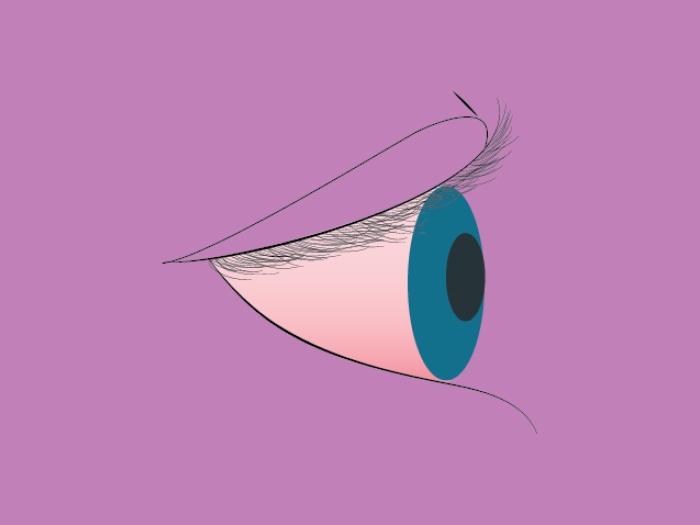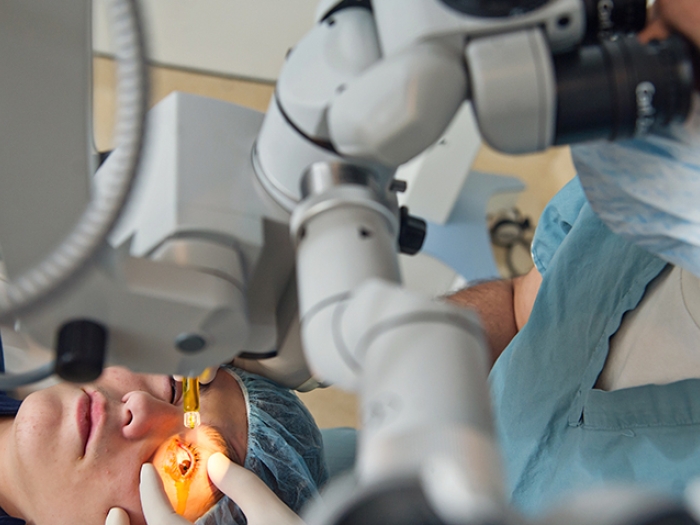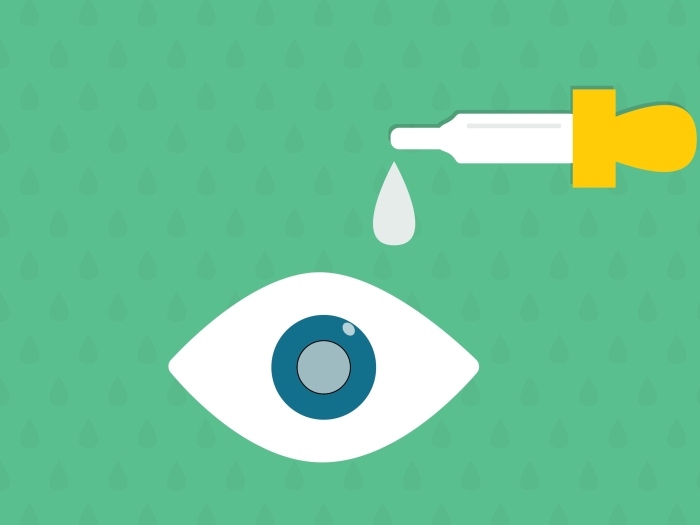A U-M expert outlines need-to-know AMD treatment pitfalls, plus highlights new research on the best therapy regimens to use with patients.
1:00 PM
Author |

There is no cure, but age-related macular degeneration treatments may prevent severe vision loss or slow the progression of the disease considerably.
MORE FROM THE LAB: Subscribe to our weekly newsletter
Even after five to 10 years of treatment, Mark W. Johnson, M.D., says, patients can maintain central vision that's sharp enough to drive and read.
But there's still room for improvement, says the professor of ophthalmology at the University of Michigan Kellogg Eye Center who makes the case for care that may reduce patient anxiety about clinic appointments and save money on anti-vascular endothelial growth factor (VEGF) treatments designed to preserve vision.
During the American Academy of Ophthalmology annual meeting, the nation's largest gathering of vision specialists, Johnson offered a real-world perspective of AMD treatment. He explains that practical treatment guidelines come down to understanding what you're treating and how.
Improving AMD treatment
Make sure what you're treating is AMD. Stunning but true, patients have been treated for years for wet AMD when that's not what they have. Wet macular degeneration occurs when abnormal blood vessels begin to grow underneath the retina and leak blood or fluid that blurs central vision.
Several conditions can masquerade as AMD and distort vision, Johnson says, such as vitelliform macular detachments or central serous retinopathy. These conditions can lead to fluid accumulation in the macula, simulating wet AMD, but don't respond to commonly used drug injections that target blood vessel growth.
If the patient has wet AMD, know which subtype the patient has. Treating wet AMD may involve the use of anti-VEGF treatment, which blocks the chemical that can lead to abnormal vessel growth; laser treatment, or photodynamic therapy (PDT). The treatment that's right will often depend on the subtype.
"Natural history, response to treatment, visual prognosis can all differ by subtype," Johnson says. Certain subtypes of AMD may not respond well to certain treatments, creating a complex match game to find a treatment with the best chance of working.
Identify the best drug therapy options. Anti-VEGF treatments help reduce neovascularization, or abnormal blood vessel growth, and leakage, which helps stabilize vision loss, and in some cases, can improve sight. There are three commercially available medications that are roughly equivalent in efficacy, Johnson says, but differ dramatically in cost, varying from as little as $50 a dose to $2,000.
"Given the clinical trial results showing similar efficacy and safety, it makes sense to start treatment with a less expensive medication and reserve the more expensive drugs for eyes that respond suboptimally," Johnson says. "Even if the patient doesn't see a price difference, society bears the cost of higher health care spending."
After the drug is chosen, determine the best dosing regimen. The original clinical trials of anti-VEGF agents examined monthly injections of one of the medications. But several recent trials have investigated another approach that tailors treatment to the response of the individual patient.
SEE ALSO: Telemedicine Could Improve Eye Exam Access for People with Diabetes
Known as "treat-and-extend" dosing, it seeks to maintain disease quiescence with the smallest number of injections required to do so in a particular eye. Patients typically receive several monthly injections until the condition is controlled, and then the interval between treatment visits is gradually lengthened as long as the abnormal vessels remain inactive.
There's also a third treatment option: an as-needed approach that administers intravitreal injections only when patients show signs of exudative activity. But this approach allows blood vessels to reactivate between injections, Johnson says, and is less likely to maintain stable visual acuity over time.
"Many physicians favor treat-and-extend dosing because it reduces the treatment burden and cost and lowers the already small risk of complications that come with injections," Johnson says. Future treatment options may include gene therapy or long-acting drug devices implanted in the eye.
"Another benefit of treat-and-extend dosing is the positive psychology of this approach. With as-needed dosing, patients come in to the office hoping they won't need an injection. When an injection is needed, there can be a sense of discouragement or failure on the part of the patient and even the physician — a sense that things aren't going well," he adds.
"It's a totally different experience when the patient arrives for each visit knowing they will be getting an injection and that the only variable is the time interval until the next injection. The patient understands that ongoing maintenance treatment is needed and that we will try to use the smallest number of injections necessary to keep the macula dry and preserve vision."

Explore a variety of healthcare news & stories by visiting the Health Lab home page for more articles.

Department of Communication at Michigan Medicine
Want top health & research news weekly? Sign up for Health Lab’s newsletters today!





